Davis Advantage For Medical-Surgical Nursing 3rd Edition – Test Bank
Chapter 1: Foundations for Medical-Surgical Nursing
MULTIPLE CHOICE
1. Which type of nursing is the root of all other nursing practice areas? 1. Pediatric nursing
2. Maternal child marsing
3. Medical-surgical nursing
4. Mental health-psychiatric ring
ANS:
3
Chapter number and title: 1. Foundations of Medical-Surgical Nursing
Chapter learning objective: 1. Describing the role and competencies of medical-surgical mning
Chapter page reference: 2
Heading: Introduction
Integrated Processes: NIA
Client Need: NIA
Cognitive Level: Knowledge [Remembering]
Concept: Nursing Roles
Difficulty: Easy
2
3
Feedback
Pediatric nursing is only focused on the case of younger persons
Maternal-child suring focuses on the care of pregnant women and families in the childbearing years.
Medical-surgical nursing is the root of all nursing practice as care provided here can be implemented in all other areas of nursing practice.
Mental health-psychiatric nursing focuses on emotional and behavioral concerns and disorders
PTS: 1
CON: Nursing Roles
2. Which competency did the Nursing Executive Center of the Advisory Board identify as the greatest academic practice gap for new graduate nurses?
1. Knowledge of pharmacology
2. Interpretation of assessment data
3. Knowledge of pathophysiology
4. Decision making
ANS: 3
Chapter number and title: 1. Foundations of Medical Surgical Nursing
Chapter learning objective: 1. Describing the role and competencies of medical-surgical
Chapter page reference: 2-3
Heading: Competencies in Medical Surgical Nursing
Integrated Processes: NIA
Client Need: NIA
Cognitive Level: Knowledge [Remembering]
Concept: Nursing Roles Difficulty: Easy
13
4
Feedback
28% of nursing executives identified knowledge of pharmacological implications of medications as the largest academic practice gap.
18% of nursing executives identified interpretation of assessment data as the largest academic practice gap
34% of nursing executives identified knowledge of pathophysiology of patient conditions as the largest academic practice gap
20% of nursing executives identified decision making based on the nursing process as the largest academic practice gap
PTS: 1
CON: Nursing Roles
3. In the Nursing Executive Center of the Advisory Board report, what recommendations are made to address the academic practice gap for new graduate nurses?
1. Mandatory number of clinical hours
2. Increased credits in all entry level courses
3. Residency program
4. Additional science prerequisite courses
ANS: 3
Chapter number and title: 1, Foundations of Medical-Surgical Nursing
Chapter learning objective: 1. Describing the sole and competencies of medical-surgical
Chapter page reference: 2-3
Heading Competencies in Medical-Surgical Nursing
Integrated Processes:NIA
Client Need: NIA
Cognitive Level: Comprehension [Understanding]
Concept: Healthcare System
Difficulty: Moderate
Feedback
Clinical hours in nursing programs are not a specific recommendation related to the academic-practice gap, and clinical hours are more related to state regulations, academic institutional policies, and accreditation standards. Total credits of nursing programs are not a recommendation to address the academic-practice gap. Credits are primarily based on state, university, or higher education regulatory bodies recommendations or requirements
3 Suggested strategies to better prepare the nurse graduate for the realities of practice include the increased use of simulation in nursing education programs, extended transition-to-practice and residency programs, as well as the establishment of academic service partnerships
Prerequisite courses for nursing programs were not specifically addressed in relation to the academic practice gap. Decisions related to prerequisite courses are typically determined by school and or university curriculum committees.
PTS: 1
CON: Healthcare System
4. The medical-surgical nurse wants to determine if a policy change is needed for an identified clinical problem. Which is the nurse’s first action?
1. Developing a question
2. Disseminating the findings
3.
Conducting a review of the literate
4. Evaluating outcomes of practice change
ANS: 1
Chapter number and title: 1. Foundations of Medical-Surgical Practice
Chapter learning objective: 2. Discussing the incorporation of evidence-based practices into medical-surgical nursing
Chapter page reference: 3-4
Heading: Evidence-Based Nursing Care Box 1.3 Steps of Evidence-Based Practice
Integrated Processes: Nursing Process: Implementation
Client Need: Safe and Effective Care Environment Management of Care
Cognitive Level: Comprehension
Concept: Evidence-Based Practice
Difficulty: Moderate
Feedback
The first step of evidence-based practice is to develop a question based on the clinical issue
The last step of evidence-based practice is to disseminate findings.
The second step of evidence-based practice is to conduct a review of the
literature. or current evidence.available.
The fifth step of evidence-based practice is to evaluate the outcomes associated with the practice change.
PTS: 1
CON: Evidence-Based Practice
5. Which statement regarding the use of the nursing process in clinical practice is accurate? 1. “The nursing process is closely related to clinical decision making
2 “The nursing process is used by all members of the interprofessional team to plan
care.”
3 “The nursing process has four basic steps: assessment, planning, implementation and evaluation”
4 “The nursing process is being replaced by the implementation of evidence-based practice.”
ANS: 1
Chapter number and title: 1. Foundations of Medical-Surgical Nursing
Chapter learning objective: 1. Describing the role and competencies of medical-surgical
Chapter page reference: 3
Heading Competencies Related to the Nursing Process
Integrated Processes: Nursing Process: Diagnosis
Client Need: Safe and Effective Care Environment Management of Case Cognitive Level: Comprehension (Understanding] Concept: Critical Thinking Difficulty: Moderate
Feedback
The nursing process is closely related to the nurse’s decision making in the clinical environment because it requires understanding the relationships among physiology, pathophysiology, clinical manifestations, and management of patients. This statement is accurate
The nursing process is not used by all members of the interprofessional team to plan care
The nursing process has five, not four, basic steps: assessment, diagnosis, planning, implementation, and evaluation
The nursing process is not being replaced by the implementation of evidence-based practice
PTS: 1
CON: Critical Thinking
6. The nurse develops a research question based on observations noted while providing care to patients on the medical-surgical unit. Which step does the nurse implement next during the process of evidence-based practice?
1. Search for the best evidence
2 Evaluate the quality of the evidence.
3. Integrate the evidence into unit practice.
4. Disseminate the evidence to the staff on the unit
ANS: 1
Chapter number and title: 1. Foundations of Medical-Surgical Nursing
Chapter learning objective: 2. Discussing the incorporation of evidence-based practices into medical-surgical nursing
Chapter page reference: 3-4
Heading: Evidence-Based Nursing Care
Integrated Processes: NIA
Client Need: NIA
Cognitive Level:Comprehension [Remembering]
Concept: Evidence-Based Practice
Difficulty: Easy
feedback
The first step of evidence-based practice is to develop a research question Because the nurse has completed this, the next step is to search and collate the best evidence.
The third step of evidence-based practice is to evaluate the quality of the evidence
The fourth step of evidence-based practice is to integrate the evidence into practice
The final step of evidence-based practice is to disseminate the evidence.


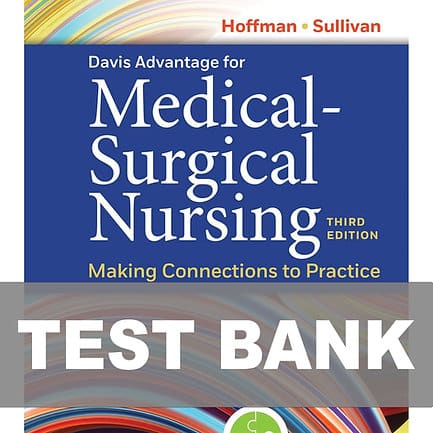
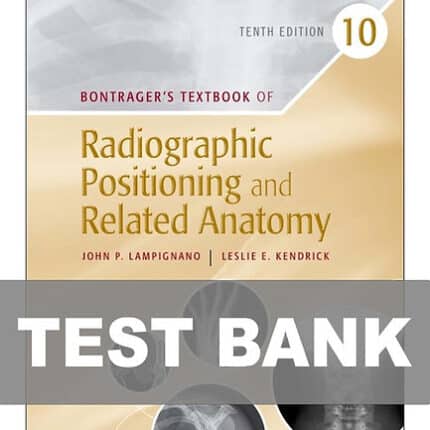
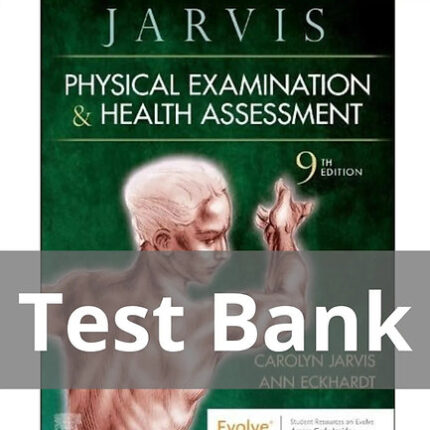
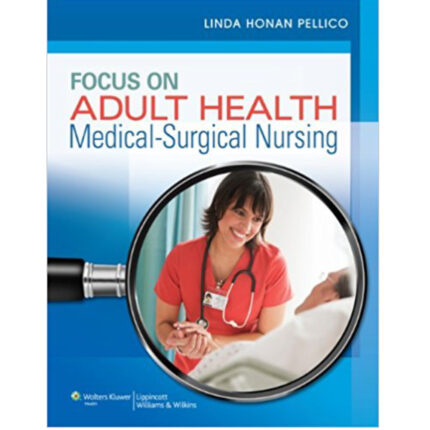
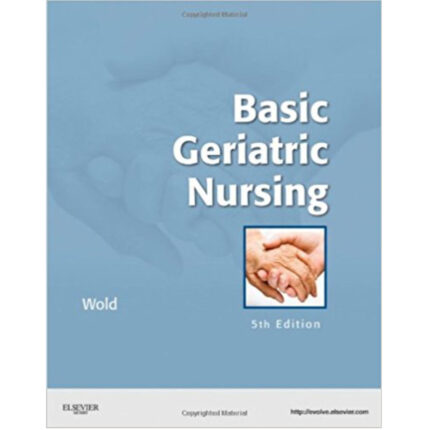


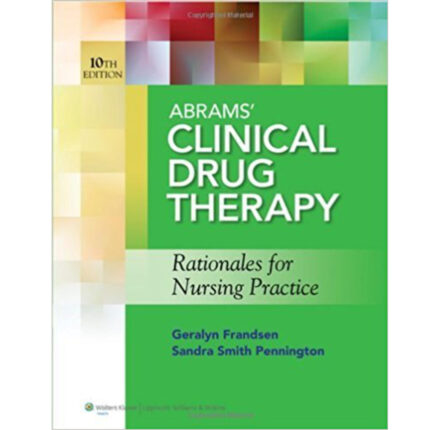
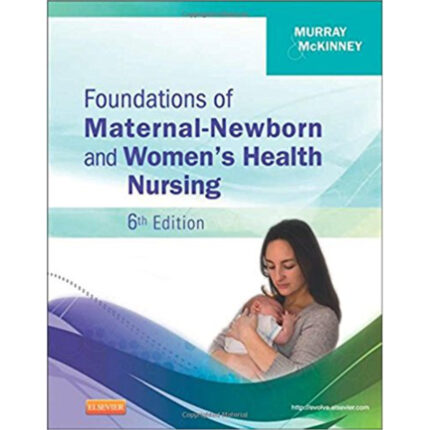
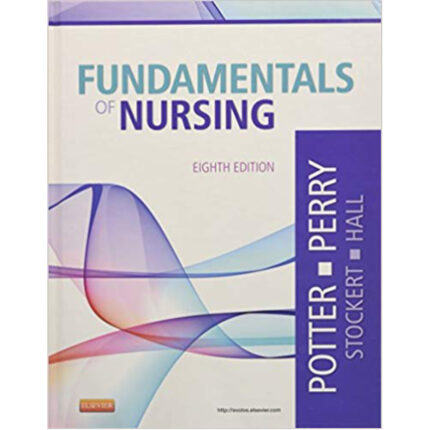

Reviews
There are no reviews yet.